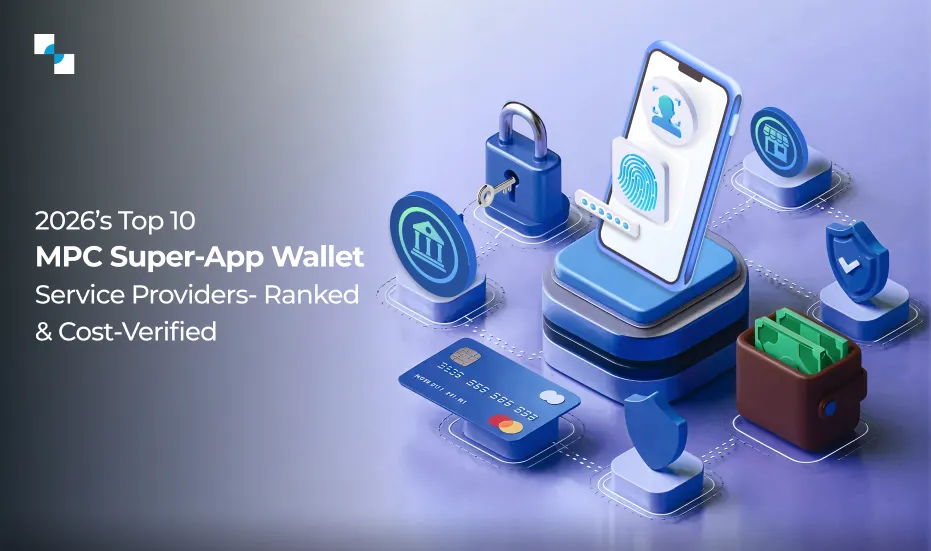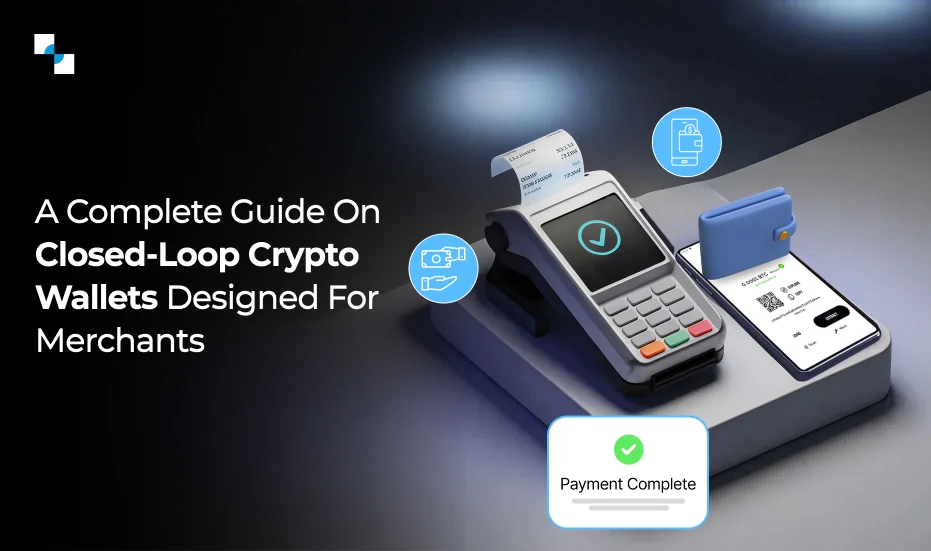The emergence of cryptocurrencies has brought in a gamut of novel business opportunities. If you are someone who likes to be on top of business trends and use the new-age tech to further your business interests, then a crypto wallet can be a lucrative business model for you.
Once you decide to buy crypto wallet, the next step is to choose between custodial and non-custodial wallets.
Custodial wallet
A crypto wallet where the private key lies with a third party is termed as a custodial wallet. This provides the third party with full control over users’ funds. Many people, especially those new to the crypto world, prefer the ease of use where they can simply log in and get access to their funds, without the need to worry about the safety of their assets. A custodial wallet caters to these users’ requirements.
How does a custodial wallet work?
The mechanism of a custodial wallet is such that the users can’t perform any transaction without the involvement of the third party. Users do not have access to private keys, which are stored on the server.
Advantages & disadvantages of a custodial wallet
In case users lose their private keys or mnemonic phrase, it doesn’t mean the loss of access to funds forever. Even if their laptop or phone gets corrupt, they can regain access to their crypto assets. As the users’ accounts are backed by a company, it can help them retrieve access.
Transactions in a blockchain require a processing fee. The speed of transactions depends on what the user is paying. Custodian wallets, however, allow their users to send funds within their ecosystem for free. This means considerable savings by network users on fees.
There is always a possibility of users making a mistake when transacting, resulting in their money getting stuck in the blockchain. In such a case, the company can help them retrieve the money. For instance, if a user confuses ETH with USDT and makes a transaction he didn’t actually want, the company can take over and complete the transaction.
An important feature is the third-party company’s ability to freeze the users’ accounts right away in case they fail to meet KYC requirements or have insufficient balance in their accounts.
As for the disadvantages, the foremost challenge is from hackers. If they manage to get into the system and steal the money, the third party company may be held responsible by the courts as the private keys of the users were under their custody.
Examples
Some well-known examples of a custodial wallet are FreeWallet, Coinbase, Binance, and BitMex.
Non-Custodial Wallet
A non-custodial wallet puts users in full control of their assets. Generally, these wallets provide serverless solutions. The private keys are stored in an encrypted manner on the users’ machines.
How does non-custodial work
Non-custodial wallets provide users with the following two types of private keys to execute transactions:
Raw private key – This key is in the form of an alphanumeric string, also stored on the user’s device.
Mnemonic seed – It is a phrase of 12-24 words created by encapsulating the real private key. It is stored on the users’ devices, enabling them to access their accounts at any given time.
Advantages & disadvantages of a non-custodial wallet
A stand-out advantage of non-custodial wallets is users’ direct control over their funds. Users handle their funds as they want and they need not look for a third party for hand-holding or any other purpose.
Moreover, as the private keys lie with the users, the risk of a data breach is not as much. If approximately 65% of crypto traders use non-custodial wallet solutions, it indicates they give value to the advantages they get.
As for the disadvantages, there is hardly any mentionable enough. Users just have to make sure their keys and mnemonic phrases aren’t lost, else they will never be able to access their funds as there is no third party to provide a backup. Since users are solely responsible for the safety of their funds, they need to know how to store cryptocurrency safely.
Examples
A few examples of non-custodial wallets are Electrum, Exodus, Ledger Nano X, and Trezor One.
Summing up
The basic difference between a custodial wallet and a non-custodial wallet is that the private key is held by a third party in the former and by the users themselves in the latter.
If you are planning to buy crypto wallet, Antier Solutions can help. We provide a white label solution for non-custodial wallet, and at the same time, we specialize in building custom custodial as well as non-custodial wallets from scratch.
Schedule a free demo of our white label crypto wallet or connect with our subject matter experts to share your needs for a custom wallet built from the ground up.







